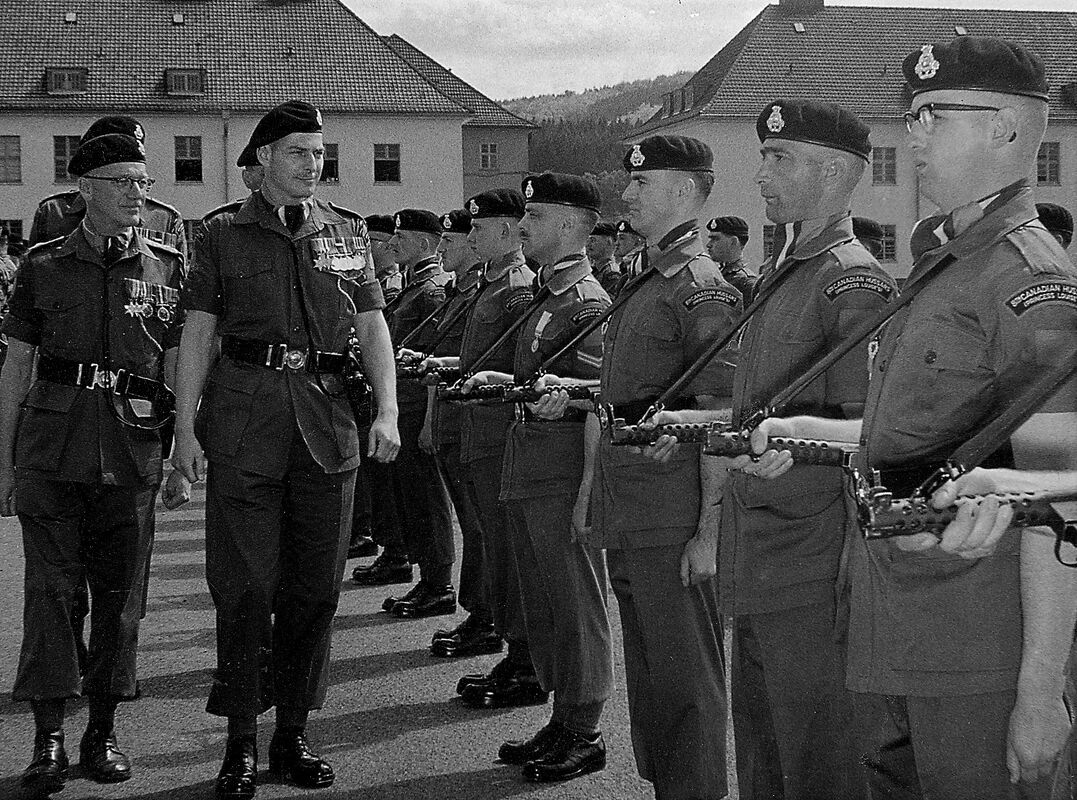An Analysis of The Equestrian Statue of Marcus Aurelius.
By the standards of his time, Marcus Aurelius was a lenient and humanitarian ruler, but he regarded the Christians as enemies of the state. His statue was the only one to survive from classical times because the citizens of ancient Rome mistakenly thought it was a representation of Emperor Constantine, the first Christian emperor.
Institution Affiliation: Art description The Equestrian Statue of Marcus Aurelius is a work of art thatuses man and creature to create a powerful image of a great ruler.The statue was erected when Marcus Aurelius was installed as a Romanemperor. According to Kleiner (2013), generations of extravagance hadmade the high and mighty weak and selfish.
Analysis Of Equestrian Statue Of Marcus Aurelius. Filed Under: Essays. 1 page, 473 words.. The Essay on Snowy Evening Woods Horse Man. but not cruel. His garb drapes over his shoulder which shows a man of mature age, and high stature in the army. Aurelius’ body is built, but not exagaratingly so. It is that of a normal, ideal sized man.
The Equestrian Statue of Marcus Aurelius For this assignment, you will choose a work of art we have studied in class and analyze its formal and cultural elements. Then, you will create your own work based on the image you have chosen, drawing upon your own cultural and visual experience. Finally, you will compare and contrast your creation with the original work in an artist’s statement.
This statue represents the Emperor Marcus Aurelius. The figure of the emperor is dressed in military clothing (for example the tunic and cloak), but his feet are shod in civilian shoes, of the type worn by patricians and senators. Scholars believe that originally the statue included a defeated enemy placed under the foreleg of the horse.
Roman Art: Equestrian Statue of Marcus Aurelius The “Equestrian Statue of Marcus Aurelius” was created as propaganda statue for the ruler Marcus Aurelius. Marcus Aurelius was a powerful leader and was best known for military conquests and his intellectual knowledge (Stokstad 200). Marcus Aurelius ruled in Rome from 161 to 180 CE.
Back in the 80s, the equestrian statue of Marcus Aurelius on the Capitoline Hill in Rome was on the verge of breaking down into its component parts when it was saved by conservation. But it took the better part of two decades—and a good fight—to find the emperor a permanent home. So much for being forgotten by posterity, Marcus.
Other posts on the site.
The Roman emperor Marcus Aurelius Antoninus (121-180) was a convinced Stoic philosopher, and at his accession there was widespread rejoicing that at last Plato's dream of a philosopher-king had become reality. Born Marcus Annius Verus on April 26, 121, of a noble family originally Spanish, Marcus Aurelius grew up close to the center of power.
EQUESTRIAN STATUE OF MARCUS AURELIUS IN THE MIDDLE AGES In memoriam Ernest Nash The statue of Marcus Aurelius was moved to the Capitoline Hill in I538, on the order of Pope Paul III.1 Until that time, probably from the early Middle Ages on, it stood in front of the Lateran Palace.2 Its last placement there was on a well-made.
Equestrian statue of Marcus Aurelius c. 175 CE Culture: Roman. Constantine c. 315 CE Culture: Roman Originally part of an equestrian statue. Sarcophagus of Junius Bassus. PhDessay is an educational resource where over 1,000,000 free essays are collected. Scholars can use them for free to gain inspiration and new creative ideas for their.
Free Essays on Marcus Aurelius. Search. Marcus Aurelius. In his Meditations, Marcus Aurelius puts a strong emphasis on the tranquility of the soul by connecting mind and body in a spiritual sense, a somewhat unprecedented interpretation of Stoic ideals during the Antiquity period.. An Analysis of the Leadership in “Gladiator”.
History of Equestrian Statues. The history of sculpture has known countless equestrian statues, although few survive from antiquity. One of the oldest examples of equestrian statuary in Greek sculpture is the Rampin Rider or Rampin Horseman (c.550 BCE), unearthed on the Athenian acropolis. Featuring a kouros mounted on horseback, it exemplifies Greek Sculpture of the Archaic Period (600-480 BCE).


















